Market Growth Projections
The Global Chromatography Resin Market Industry is poised for substantial growth, with projections indicating a market size of 15.6 USD Billion in 2024 and an anticipated increase to 32.5 USD Billion by 2035. This growth trajectory suggests a compound annual growth rate (CAGR) of 6.9% from 2025 to 2035. The expansion is driven by various factors, including the rising demand for biopharmaceuticals, technological advancements, and increased focus on quality control. As industries continue to innovate and adapt to changing market dynamics, the chromatography resin market is likely to experience robust growth, reflecting its critical role in diverse applications.
Growing Environmental Concerns
Environmental sustainability is becoming an essential consideration in the Global Chromatography Resin Market Industry. As industries face increasing pressure to adopt eco-friendly practices, the demand for sustainable chromatography solutions rises. Manufacturers are developing resins that minimize environmental impact, such as those derived from renewable resources or designed for easier disposal. This shift towards greener alternatives not only aligns with global sustainability goals but also attracts environmentally conscious consumers. As a result, the market is likely to evolve, with a growing segment dedicated to sustainable chromatography resins, reflecting the industry's commitment to addressing environmental challenges.
Increasing Focus on Quality Control
Quality control remains a pivotal driver in the Global Chromatography Resin Market Industry, particularly in sectors such as pharmaceuticals and food safety. Regulatory agencies impose stringent guidelines that necessitate the use of high-quality chromatography resins to ensure product safety and efficacy. The demand for reliable and reproducible results in analytical testing propels the adoption of advanced chromatography techniques. Consequently, manufacturers are investing in high-performance resins that meet regulatory standards. This focus on quality not only enhances consumer trust but also contributes to the overall growth of the market, as companies strive to maintain compliance with evolving regulations.
Rising Demand for Biopharmaceuticals
The Global Chromatography Resin Market Industry experiences a notable surge in demand driven by the biopharmaceutical sector. As the industry expands, the need for effective purification and separation techniques becomes paramount. Chromatography resins play a crucial role in the production of monoclonal antibodies and other biologics. In 2024, the market is projected to reach 15.6 USD Billion, reflecting the increasing reliance on these resins for high-purity applications. This trend is expected to continue, with the market potentially reaching 32.5 USD Billion by 2035, indicating a robust growth trajectory fueled by advancements in biopharmaceutical manufacturing processes.
Technological Advancements in Chromatography
Technological innovations significantly influence the Global Chromatography Resin Market Industry, enhancing the efficiency and effectiveness of chromatography processes. The introduction of novel resin materials and improved separation techniques allows for better resolution and faster analysis times. For instance, advancements in high-performance liquid chromatography (HPLC) and affinity chromatography are reshaping the landscape. These innovations not only improve productivity but also reduce operational costs for laboratories and manufacturing facilities. As a result, the market is likely to witness a compound annual growth rate (CAGR) of 6.9% from 2025 to 2035, reflecting the ongoing integration of cutting-edge technologies in chromatography.
Expansion of Research and Development Activities
The Global Chromatography Resin Market Industry benefits from the expansion of research and development (R&D) activities across various sectors. Increased funding for scientific research, particularly in life sciences and environmental studies, drives the demand for chromatography resins. Academic institutions and research organizations are increasingly utilizing these resins for analytical purposes, leading to a rise in their consumption. This trend is likely to bolster the market, as R&D initiatives continue to explore new applications and methodologies. The growing emphasis on innovation in research is expected to sustain the market's growth trajectory, aligning with the projected figures for the coming years.
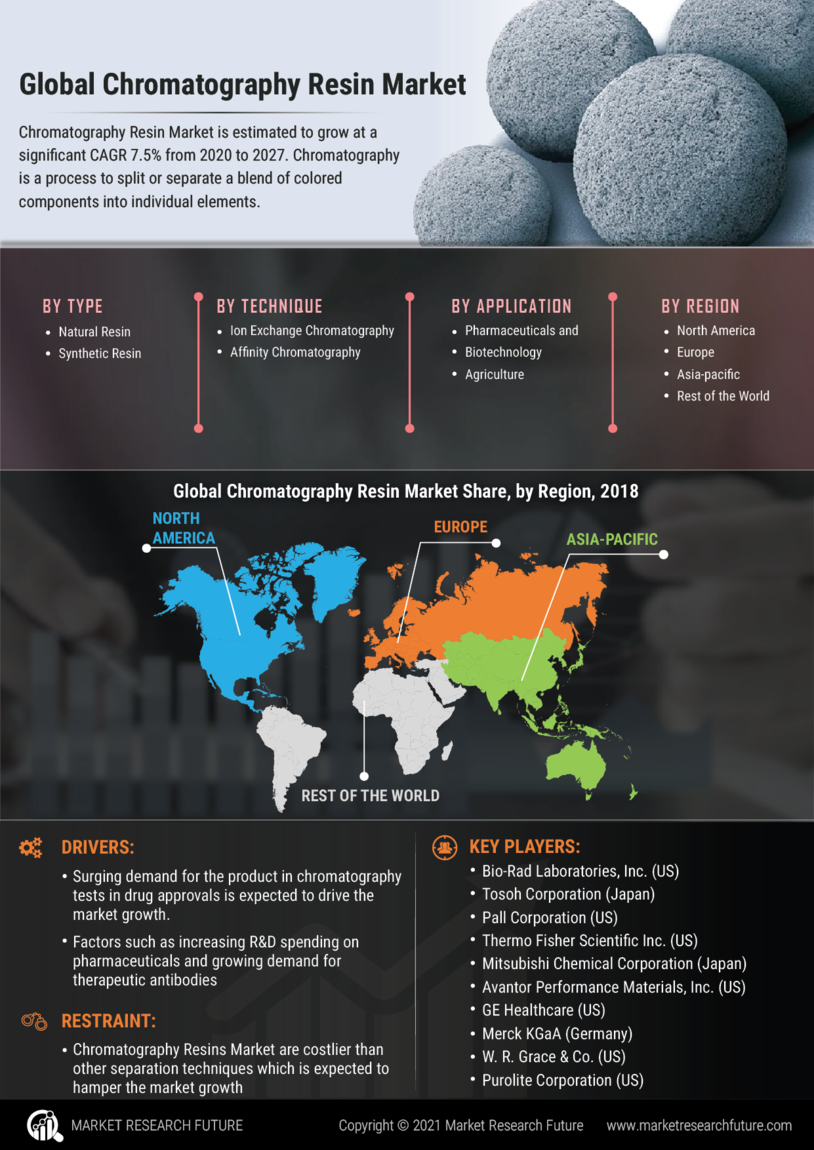


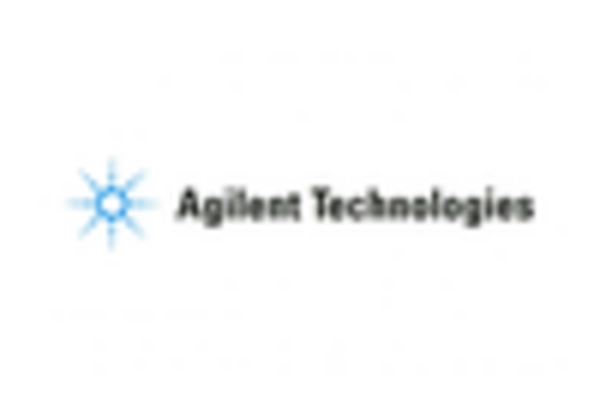
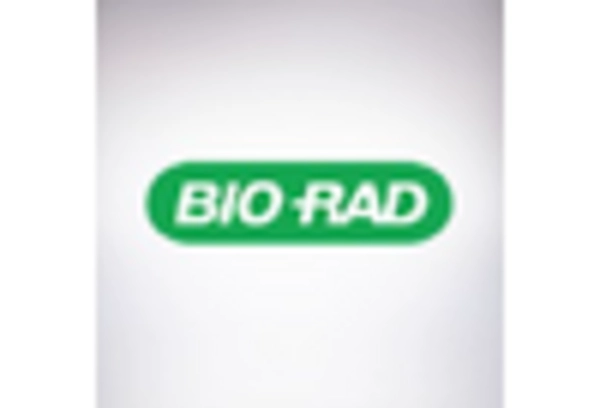
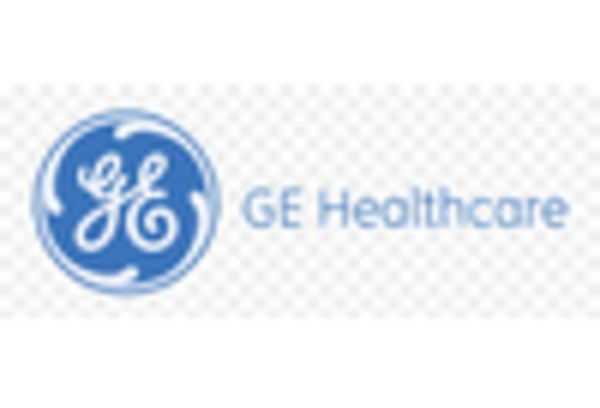
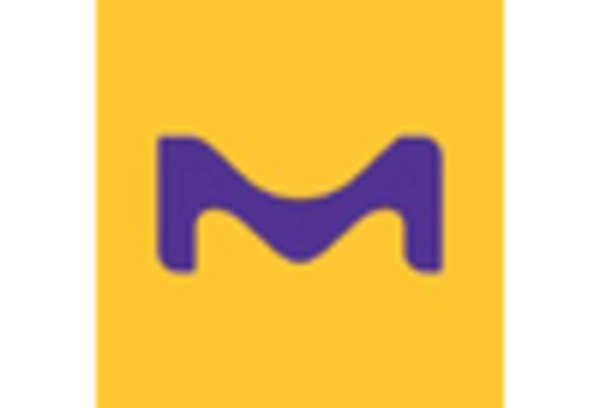
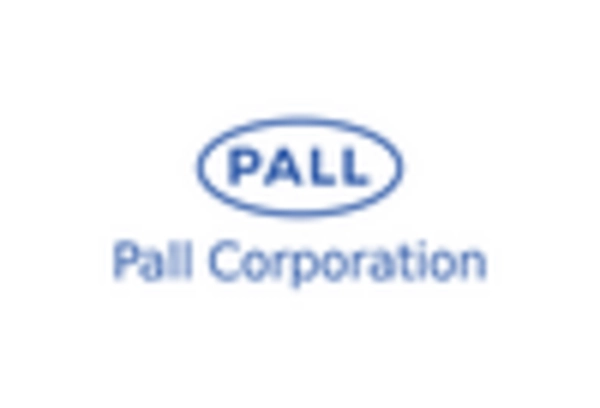
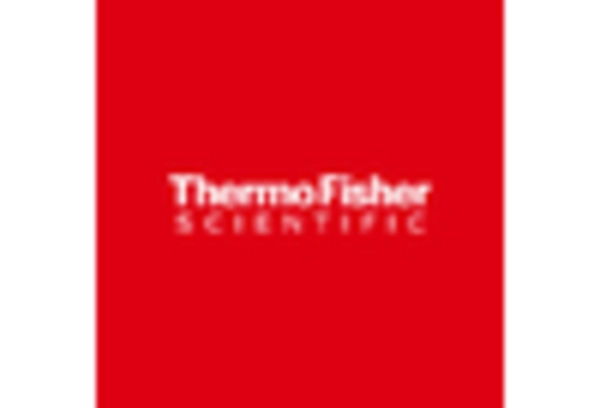








Leave a Comment